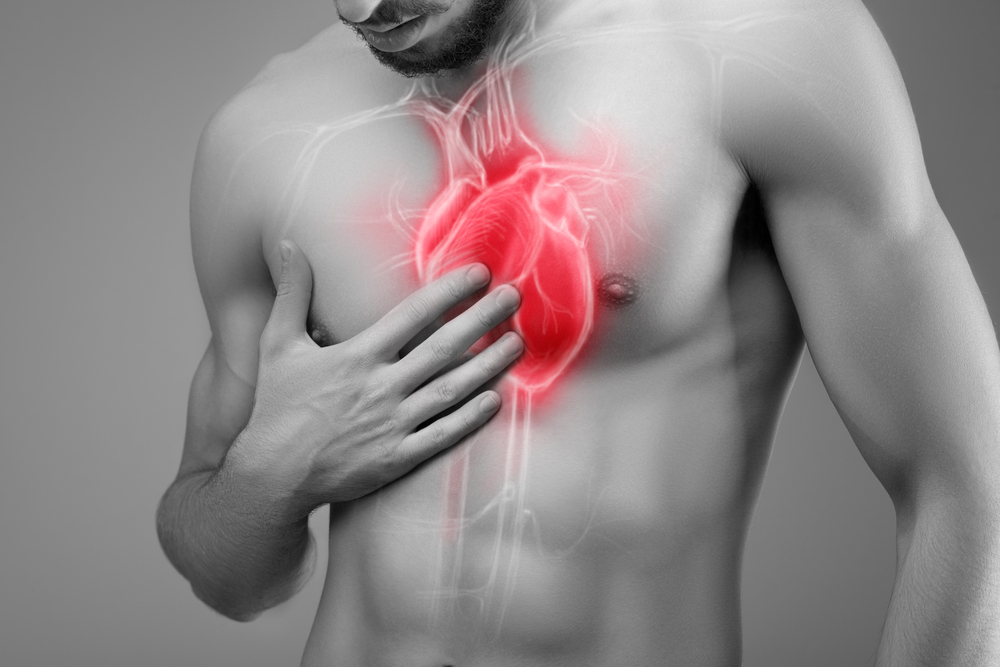
What is being tested?
Creatine kinase (CK) is a chemical known as an enzyme which is found in many tissues of the body and in several forms. When CK is routinely measured in the blood, all forms of CK are measured so this test may also be referred to as 'total CK'. The three forms or isoenzymes, of CK are:
How is it used?
Your doctor may request the measurement of CK if they suspect you have muscle damage. Blood levels of CK rise when any muscle cell is damaged. Once the damage stops, the level of CK in the blood starts to go down to normal. The blood level of CK may also rise in a person having a heart attack. A heart attack is a very sudden form of damage to the muscle of the heart, so the CK is released from the damaged heart muscle cells quickly. After a heart attack, the level of CK in the blood will rise within a few hours and go back to normal in a few days.
When is it requested?
It can be requested if your doctor suspects any type of muscle damage causing pain or weakness. The test used to be used for people suspected of having a heart attack, but now better tests are used, such as tests for the form of CK known as CK-MB, or one of the troponin tests.
What does the result mean?
A high CK level in the blood usually means there has been damage to muscle which has made the muscles release CK into the blood. There are many possible causes for this. The heart is a muscle too, and when it is damaged in a heart attack it releases CK into the blood. However, there are better blood tests for heart attack now, such as the form of CK known as CK-MB or one of the troponin tests.
Adult
Male (18-60 years) 45 – 250 U/L
Male (60 -120 years) 40 – 200 U/L
Female 30 – 150 U/L
The reference intervals shown above are known as a harmonised reference interval. This means that eventually all laboratories in Australia will eventually use this same interval so wherever your sample is tested, the reference interval should be the one shown above. Laboratories are in the process of adopting these harmonised intervals so it is possible that the intervals shown on the report of your results for this test may be slightly different until this change is fully adopted
Is there anything else I should know?
Natural wear and tear will cause the muscle cells to release CK so it is normal to detect some CK in the blood of healthy people. People with bigger muscles, such as fit young men, will naturally have a higher normal CK level than other people, such as older women. Some ethnic groups also have a naturally high CK level.
Many things can cause muscle damage and a higher than normal CK level. Heavy exercise can cause this, as well as muscle damage caused by a fall, a car accident, surgery or even an injection into a muscle. Some drugs, particularly cholesterol-lowering drugs (statins), can damage muscle and increase CK. If you are taking one of these drugs, let your doctor know if you experience any muscle pain or weakness. Some infections, such as influenza, can damage the muscles and cause a higher than normal CK level.
Other rarer causes of muscle damage causing a raised CK include muscle diseases that a person is born with and poor functioning of the thyroid gland (hypothyroidism).
Common questions
Heart attack means that some of the muscle in your heart has been damaged. Medical terms for this include acute myocardial infarction (AMI) and acute coronary syndrome (ACS). Heart attack is caused by coronary artery disease. This means that the coronary arteries, which supply oxygen to the heart muscle itself, are blocked, usually due to so-called hardening of the arteries (arteriosclerosis or atherosclerosis).
Many other problems can cause chest pain, and it is not always possible to tell just from the type of chest pain whether or not you are having a heart attack. Many people have chest pain from straining the muscles in their chest, and chest pain can occur with some lung problems or acid reflux from the stomach.
A form of chest pain known as angina is a heart pain in which there is not serious damage like a heart attack, but it is a warning sign that the person has coronary artery disease (CAD). Angina occurs during exercise, hard work or at times of stress, lasts for a few minutes and goes away with rest. Angina and heart attack are both forms of acute coronary syndrome (ACS).
Doctors often use more than one test to determine if a person who has chest pain is having a heart attack. Troponin is usually the best test. Other tests that may be used are the form of CK known as CK-MB and myoglobin.
If you have prolonged chest pain, especially if it does not go away with rest — or if you have been told you have angina, and the drugs you were prescribed do not ease the pain — seek immediate medical attention.
More information
Pathology Tests Explained (PTEx) is a not-for profit group managed by a consortium of Australasian medical and scientific organisations.
With up-to-date, evidence-based information about pathology tests it is a leading trusted source for consumers.
Information is prepared and reviewed by practising pathologists and scientists and is entirely free of any commercial influence.